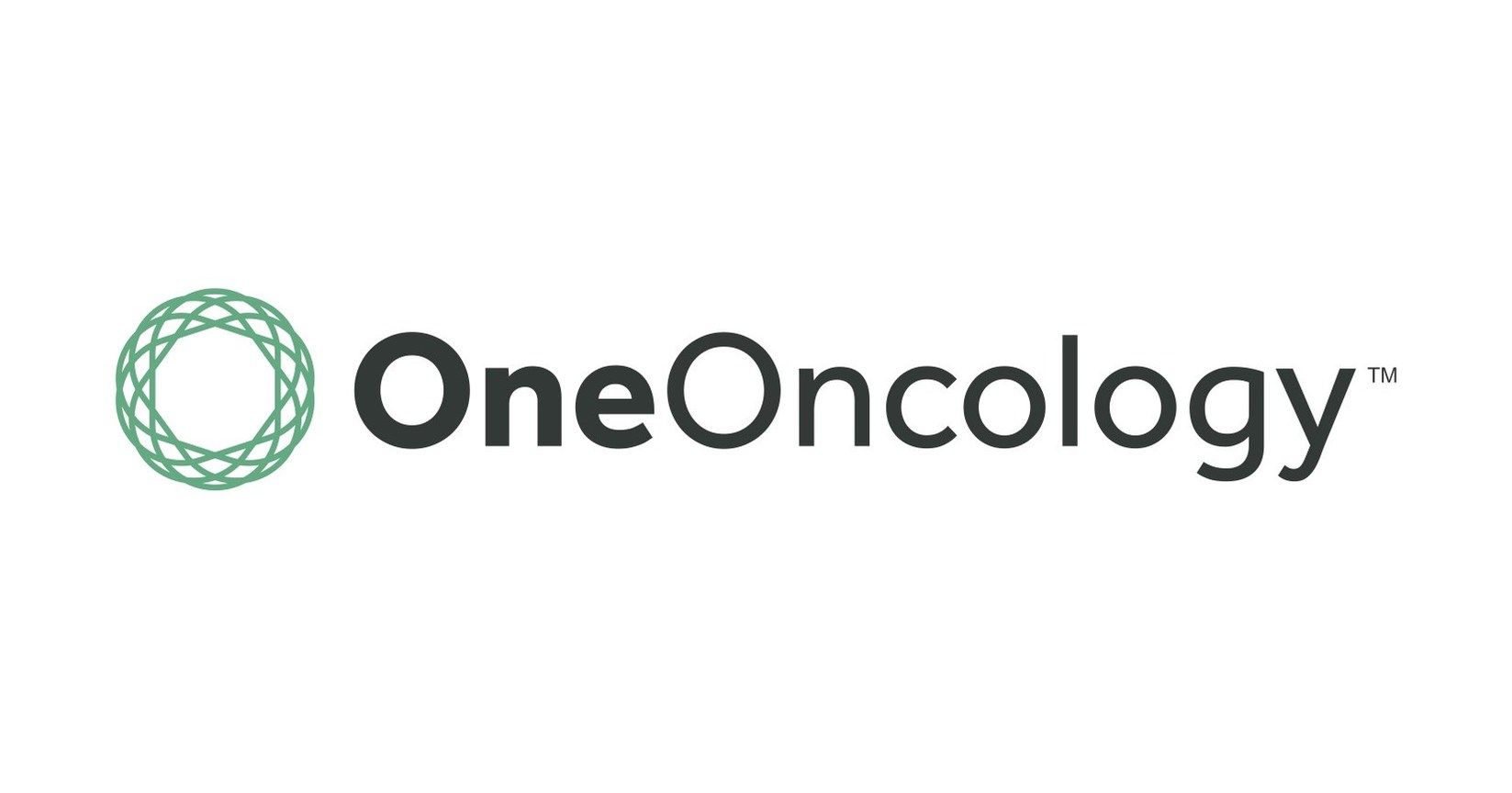Article
Offering a Price Transparency Tool Did Not Decrease Healthcare Spending
Author(s):
Only a small percentage of eligible employees used an online price transparency tool designed to help them understand healthcare spending. Furthermore, use of the tool was not associated with a decrease in spending.
Only a small percentage of eligible employees at 2 large companies studied used an online price transparency tool designed to help employees understand what they would pay for out-of-pocket health services from physicians, hospitals, and clinical sites, a new study in JAMA found. However, the study found that the tool did not provide the desired outcome of lower spending.
Sunita Desai, PhD, of Harvard Medical School, and colleagues analyzed annual outpatient spending among employees offered the tool (148,655 people) compared with employees from other companies not offered the tool (295,983 people) in the year before and after it was made available. They also examined outpatient out-of-pocket spending and use rates of the transparency tool.
One company introduced the tool in April 2011; the second company introduced the tool in January 2012. The study followed companies that used the Truven Health MarketScan Commercial Claims and Encounters database of de-identified health insurance claims for inpatient care, outpatient care, and prescription drugs. The study excluded employees aged 65 years and older to avoid confounding from Medicare coverage.
In the first 12 months, only 10% of employees offered the tool used it at least once, the researchers found. Mean outpatient spending among employees offered the price transparency tool was $2021 the year before the tool was introduced and $2233 in the year after. In comparison, mean outpatient spending among the employees not offered a price transparency tool changed from $1985 to $2138.
After adjusting for demographic and health characteristics, being offered the price transparency tool was associated with a mean $59 increase in outpatient spending (95% CI, $25-$93)—a modest but statistically significant increase. Mean outpatient out-of-pocket spending among those given the chance to use the tool was $507 in the year before the tool was offered and $555 in the year afterwards. In the comparison group that didn’t get the chance to use the tool, mean outpatient out-of-pocket spending changed from $490 to $520. Being offered the use of the price transparency tool was associated with a mean increase of $18 in out-of-pocket spending (95% CI, $12-$25),
Although price transparency tools have been assumed to help employees seek less expensive care from providers by helping them price shop for less expensive healthcare services without sacrificing quality, most employees did not use the tool.
The researchers noted that the study suggested a possibility that offering price transparency could increase spending if patients equate higher prices with higher quality and therefore use the tool to selectively choose higher-priced clinicians, though this finding is speculative and would need to be confirmed in future studies.
“A more conservative interpretation is that the study failed to find evidence of meaningful savings associated with availability of a price transparency tool,” the researchers concluded. Further study is needed with more employers, other price transparency tools, and longer follow-up periods.




